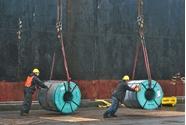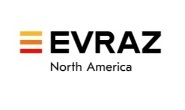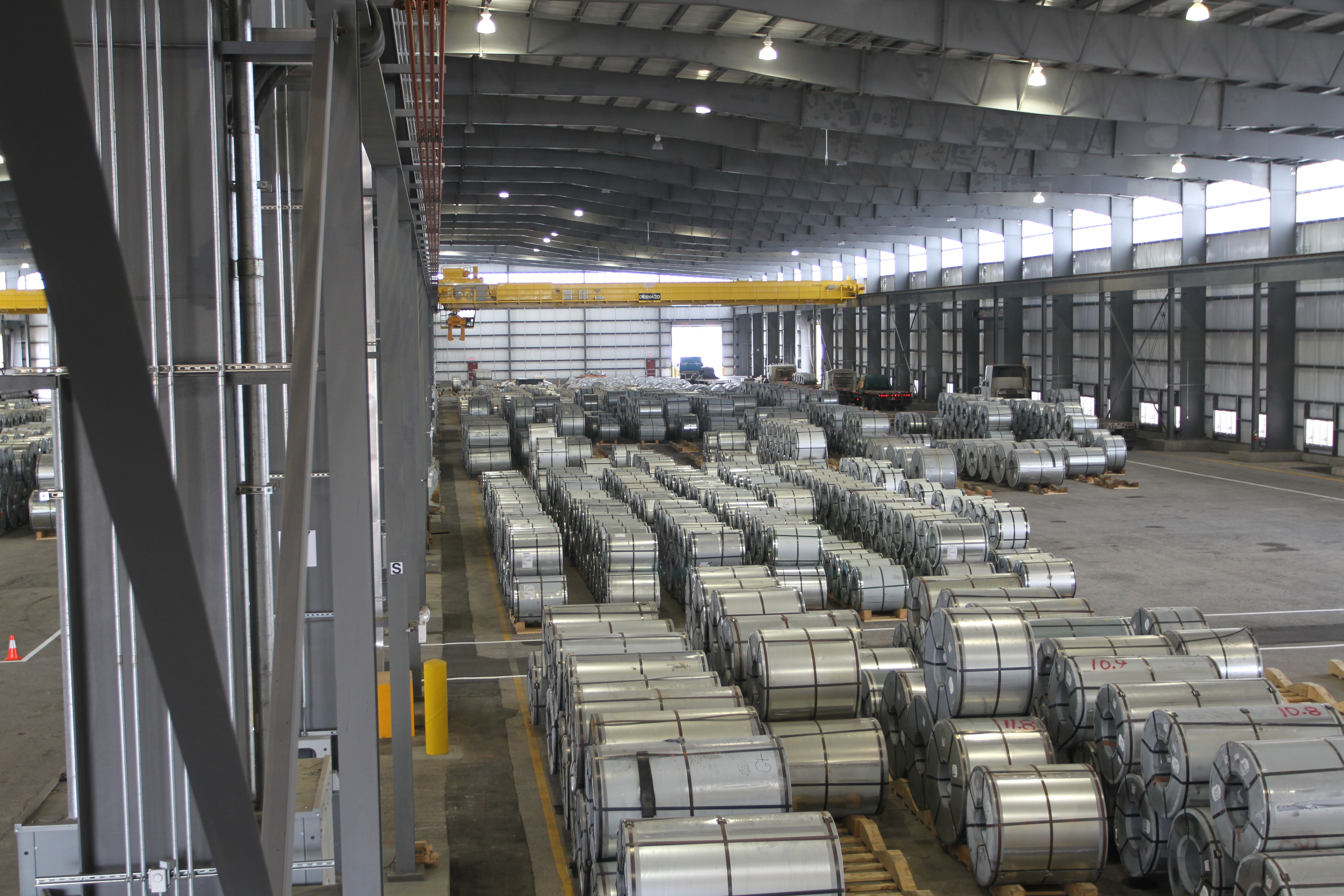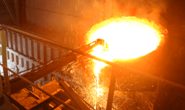Steel Markets

Traders Confident of Post-Tariff Role
Written by John Packard
March 18, 2018
Steel Market Update had detailed discussions with two steel trading companies on Friday as we try to understand how Section 232 is going to impact their businesses and their customers. Here is what we learned.
![]() Trading Company No. 1
Trading Company No. 1
“This is a great time to trade steel,” is how the conversation began with the first trader. He noted that, in the case of niche and value-added products for which there are limited sources of supply in the United States, the tariff has created a vacuum that can only be filled by a trading company.
“This is where relationships do matter, both foreign and domestic,” he said. “If you don’t have a relationship, it is going to be hard to find steel.”
Steel buyers won’t be able to rely on just one or two sources of supply, he added, as there are too many moving parts associated with Section 232 tariffs and the fallout from 232 on the domestic market. “Buyers are more than willing to pay the duties,” is what we were told.
Trader No. 1 said his company is actively quoting new business, which now would be for September/October arrival on cold rolled and coated products. They are quoting an “all in” number, which includes the 25 percent tariff.
That means for domestic buyers who have been buying .012” G30 material, their prices just went from mid-to-high $40s to the mid-to-high $60s. To put that into perspective, buyers here in the United States will be paying $9,000 more for a 45,000-pound truckload of steel that used to cost $20,250.
Even at these prices, the trader said, “I am sold out.”
T![]() rading Company No. 2
rading Company No. 2
The second trading company we spoke with on Friday confirmed the new .012” number being in the $60s, although they were unsure what the second digit would be (2, 3, 4?). The company was not totally sure where the market prices were on that product domestically, which could impact their final selling price.
The domestic steel mills are not going to want to produce .012” material as the mills look to maximize their throughput, the trader noted.
He pointed toward Turkey, Vietnam, South Africa and the UAE as potential suppliers of light-gauge galvanized. “There will be some new players in the .012 market,” he said, but did not reference any specific suppliers or countries. We were reminded that countries like Italy that have the ability to produce the product also must contend with dumping duties.
“Our customers have signed off on paying the duty,” is what we were told.
At the same time, he said, the U.S. government has set up winners like the Mexican mills that can produce light-gauge galvanized and are not subject to AD/CVD duties or the 25 percent Section 232 tariff.
Even so, he said, “When the dust settles, the market will adjust and the regular players will still be in there.” The result, he added, “won’t be as dramatic as people think.”
There will be short-term supply disruptions for one to two months as Trading Company No. 2 has not taken any orders over the last few weeks. Some unsold inventory on the ground in the U.S. will help smooth out losses that will be taken on material on the water, which will be subject to the duty.
“We intend to be back in the market,” the trader told SMU. “We are talking to our customers. We want to make sure that the numbers make sense.”

John Packard
Read more from John PackardLatest in Steel Markets

USW cheers Evraz NA agreement with Atlas Holdings
The United Steelworkers (USW) labor union celebrated recent news of the signed agreement between Atlas Holdings and Evraz NA in which the Connecticut-based private equity company said it plans to acquire North America’s Evraz facilities.

Steel buyer spirits tempered by soft spot market conditions
Steel sheet buyers report feeling bogged down by the ongoing stresses of stagnant demand, news fatigue, tariff negotiations or implementation timelines, and persistent macroeconomic uncertainty.

Hot-rolled coil buyers continue seeking certainty
Steel market participants contend that buyers will remain in “wait-and-see" mode until some market stability is restored.

Latin American steel advocates warn on cheap import flood
Subsidized Chinese steel imports and cheap steel products from Association of Southeast Asian Nations (ASEAN) entering Latin American (LATAM) are threatening the region's steel market.

CRU: Steel prices fall amid global demand weakness
The forceful headwinds bearing down on steel markets across the globe have created demand challenges and sent prices southward. The US, however, challenged the global trend.
